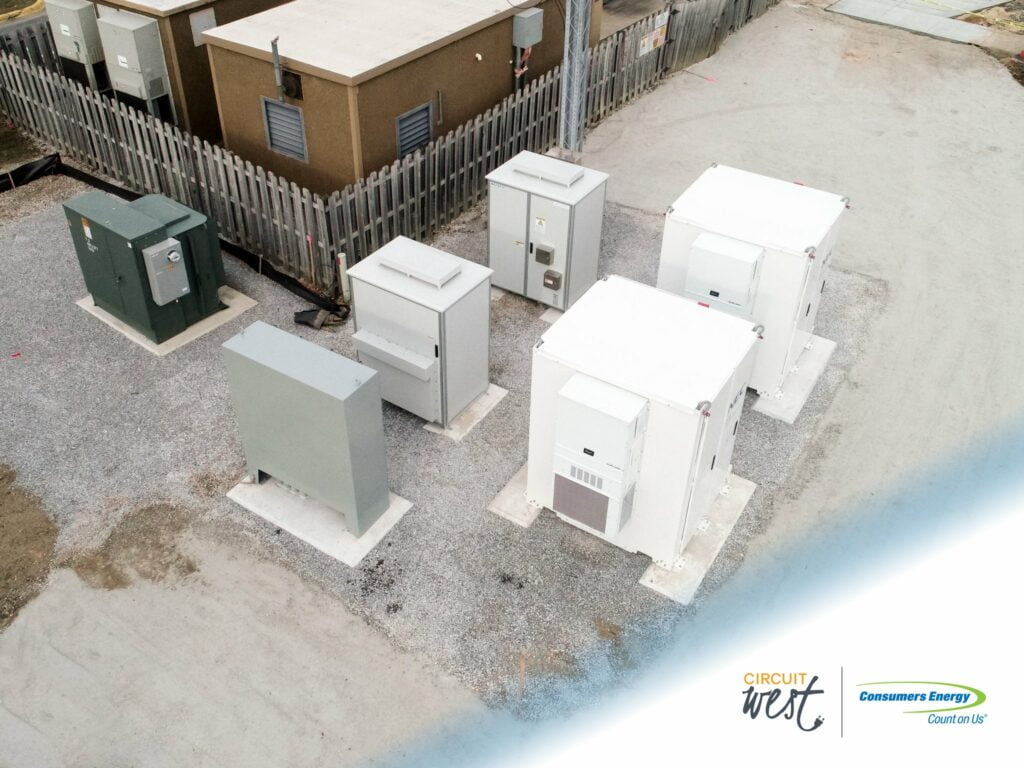Gesa Quistorf
Fraunhofer Institute for Wind Energy Systems (IWES) is collaborating with ABB to develop a large mobile grid simulator as part of the Mobil-Grid-CoP project, which is publicly funded by the German Federal Ministry of Economic Affairs and Climate Action. It will be used for testing the safety and reliability of renewable energy equipment, such as wind turbines, solar power and hydroelectric generators, in real-world conditions. The test program will verify that a renewable project connecting to a public power network is fully compliant with stringent local grid codes and will not compromise grid performance and stability.
The mobile grid simulator will use the ACS6080 Power Electronics Grid Simulator (PEGS) technology developed by ABB to create an artificial power grid on site. Fraunhofer IWES, a Germany-based research and testing institute specializing in wind energy and energy system technology, will use the system to simulate different grid operating modes, including fault conditions, as well as validating compliance with all standards. The mobile capability will also enable testing of the growing number of offshore wind turbines that are pushing current test facilities and procedures to their limits.
Its flexible and modular structure allows for almost unlimited configuration potential. In addition to its practical testing application, the mobile simulator will play an important role in research and development, particularly for various “grid-of-the-future” scenarios.
“We need to ensure that power grids maintain total stability and performance while integrating ever increasing amounts of intermittent renewables like wind and solar,” says Gesa Quistorf, group manager of power electronics and grid integration at Fraunhofer IWES. “Our new mobile grid simulator will play a vital role in accelerating this program, as we will be able to provide compliance testing for the ever-increasing number of large offshore turbines that are pushing current test facilities to their limits. In addition, it is prepared for testing low-frequency high-voltage AC railway applications.”
“As part of our drive towards a low-carbon society, increasing the availability of renewable energy equipment for use within the power grid is key,” states Chris Poynter, division president of ABB System Drives. “We also need to establish how to operate this equipment as safely, reliably and of course, energy efficiently as possible – this is where the extensive testing capabilities of the mobile grid simulator will add huge value.”
When it commences operation in 2023, the mobile grid simulator will be the largest of its kind in the world. It will have a power rating of up to 28 megavolt ampere (MVA) and a short time capability of up to 80 MVA. For additional flexibility, it will also be able to operate as two independent units of 14 MVA. In addition to the PEGS technology, the full package solution delivered by ABB will include transformers, filters, e-houses, cooling equipment, and power and auxiliary distribution equipment.
Continue reading









